Pickerelweed, Pontederia cordata, is a Florida native and is found throughout the state in shallow wetland areas, edges of lakes, marshes, and ponds. These plants have shiny green blade-shaped leaves and emerge in the springtime from under the water level. They will grow about 3 to 5 feet tall and flower with 3 to 4-inch purple-blue flower spikes. The individual flowers will only last one day but the plant will flower from spring through fall.
Pickerelweed is very important ecologically. The underwater portion of this plant provides habitats for micro and macroinvertebrates. These invertebrates are a food source for many animals and fish. Above the water, the flowers attract local pollinators such as butterflies, dragonflies, and bees, Once the flowers die the plant will bear fruit with seeds. The seeds are a treat for ducks who will at times, eat the whole plant. Pickerelweed holds and stabilizes the banks of the water bodies that they surround.
Pickerelweed would be a natural beauty when planted on the edge of man-made ponds in parks and HOAs, and on golf courses and other public places. Advocating for pickerelweed and other native aquatic plants would benefit pollinators and underwater species while beautifying your neighborhood naturally.
Fun fact – Pickerelweed’s fruit contains a nutritious seed that can be eaten by humans straight from the plant. The dried seed can be boiled, roasted, or ground into flour. Young leaves have been eaten in salads.

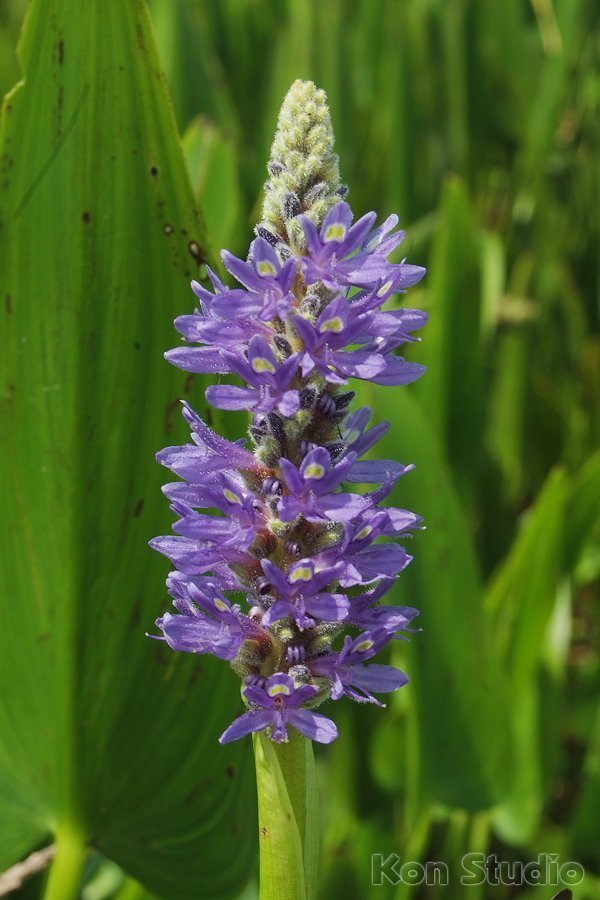
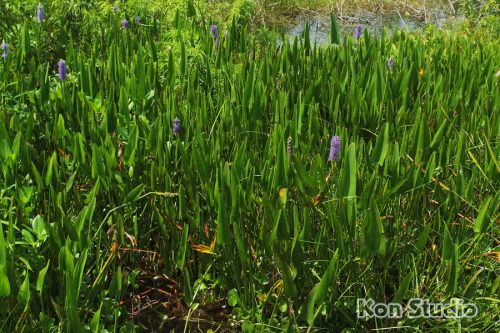
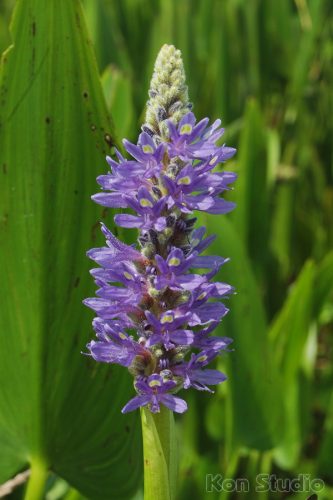
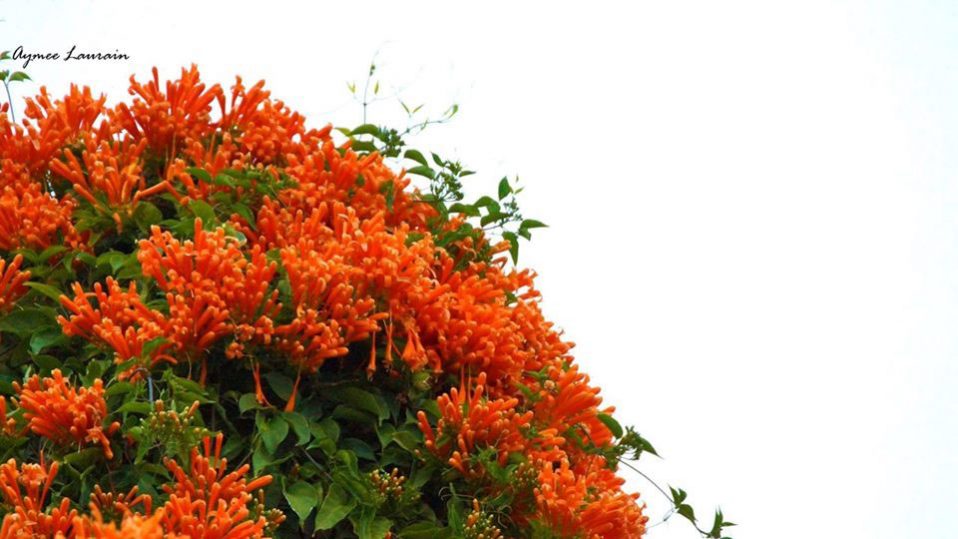
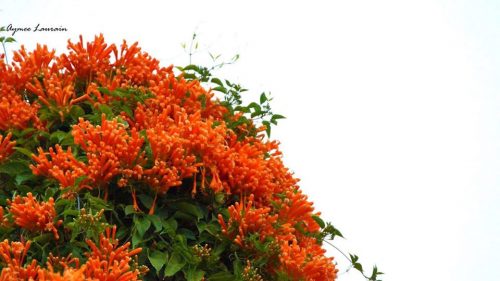
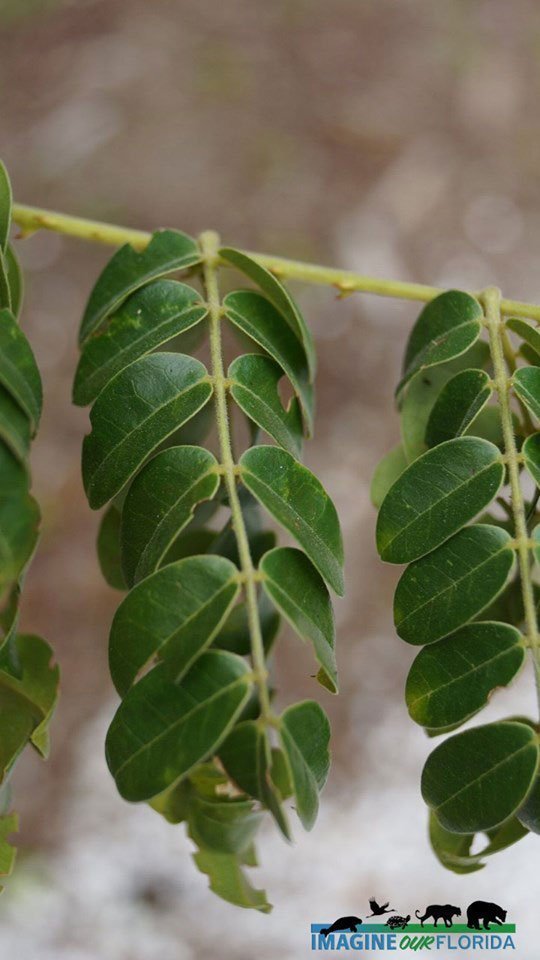
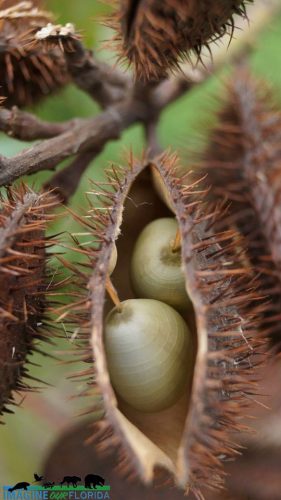
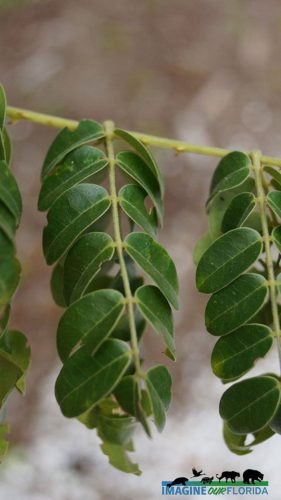
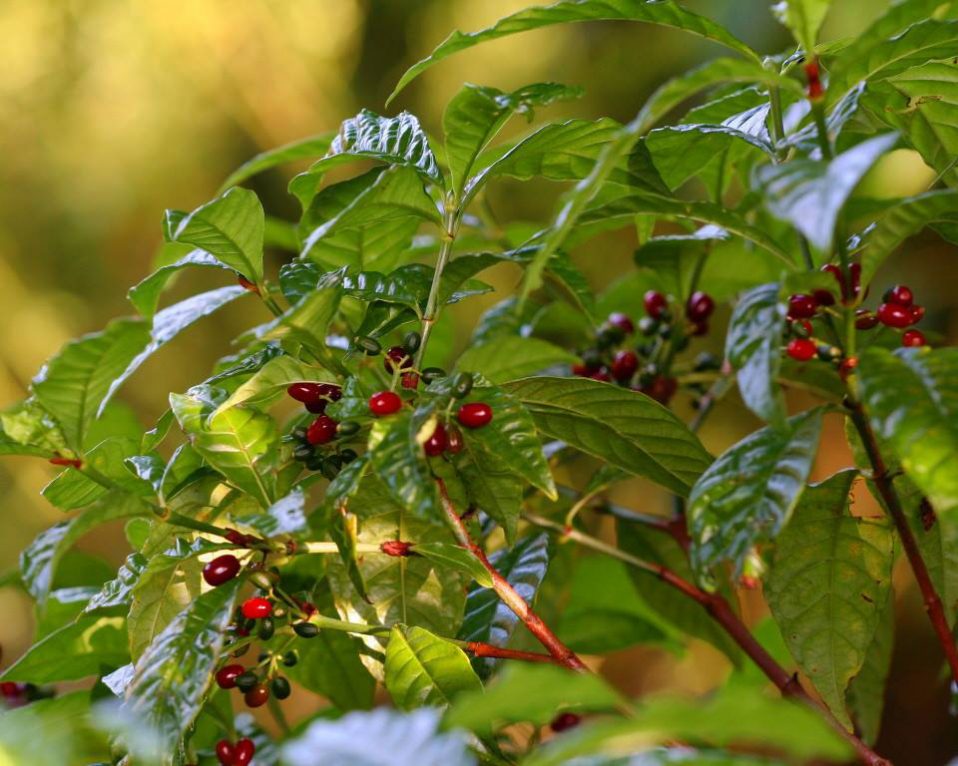
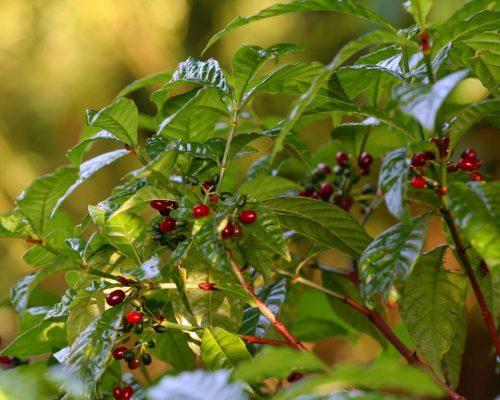
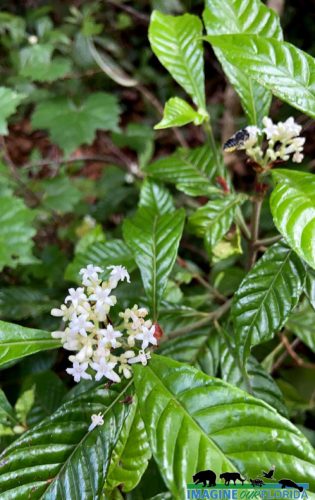
Recent Comments